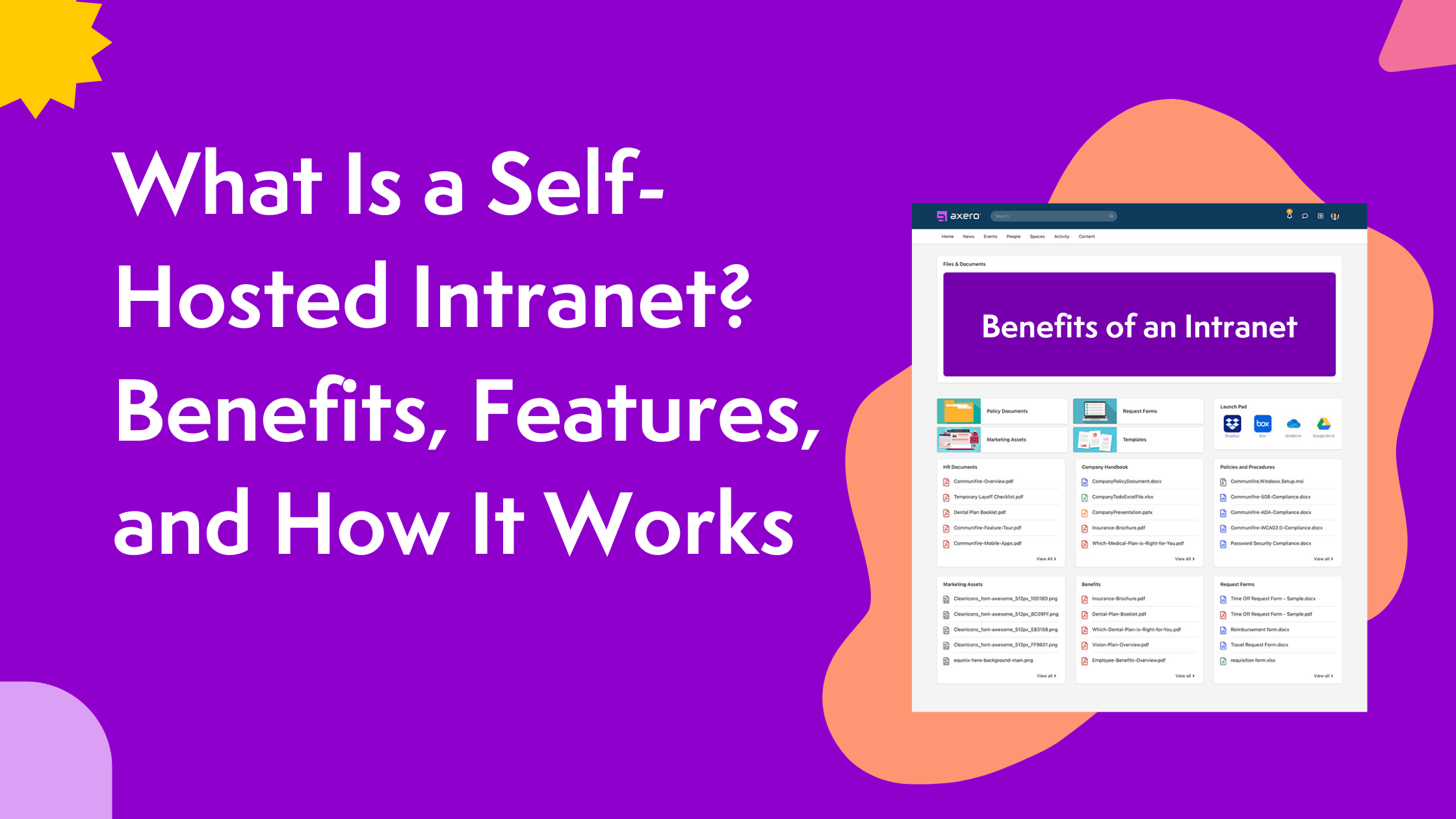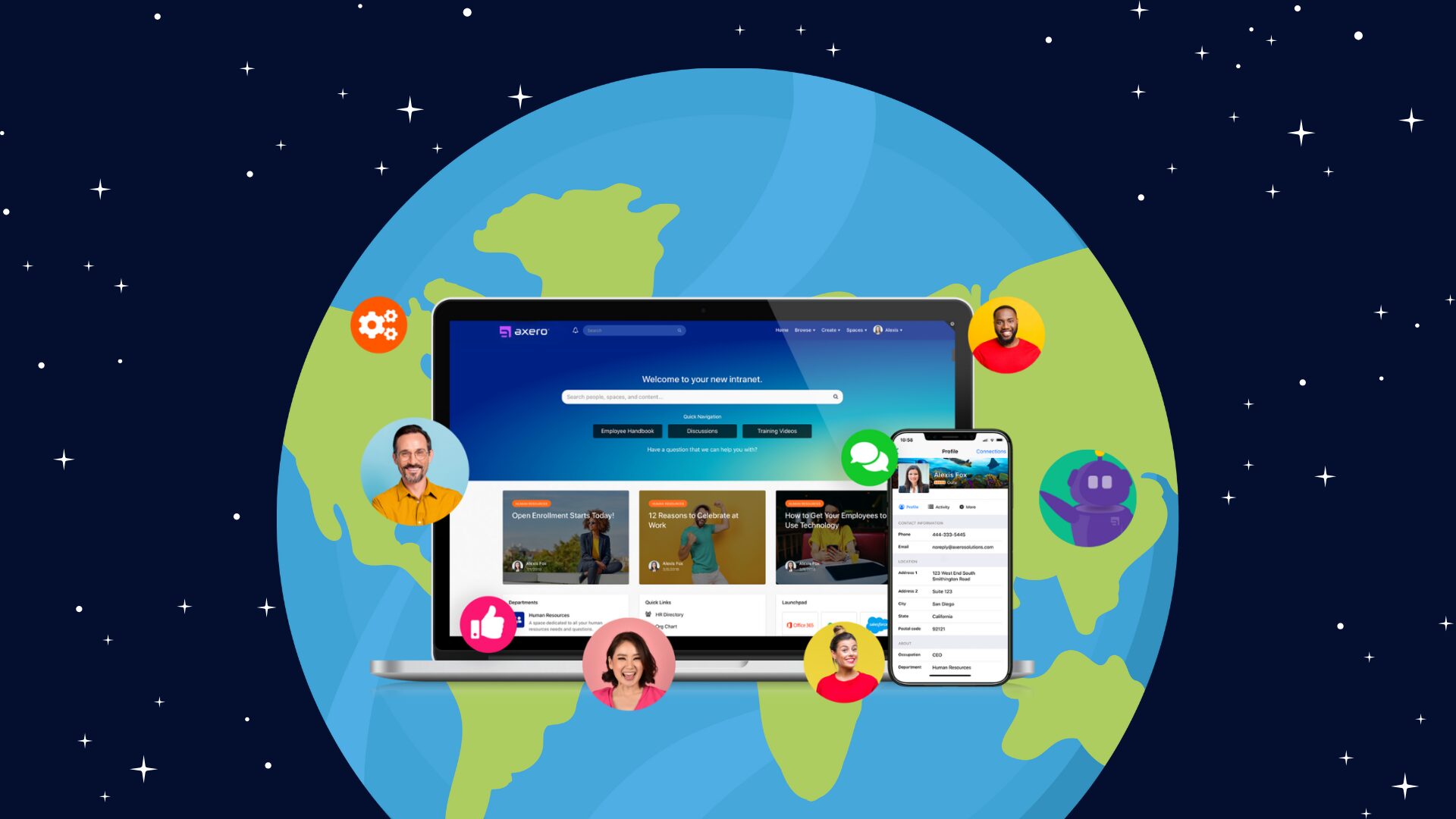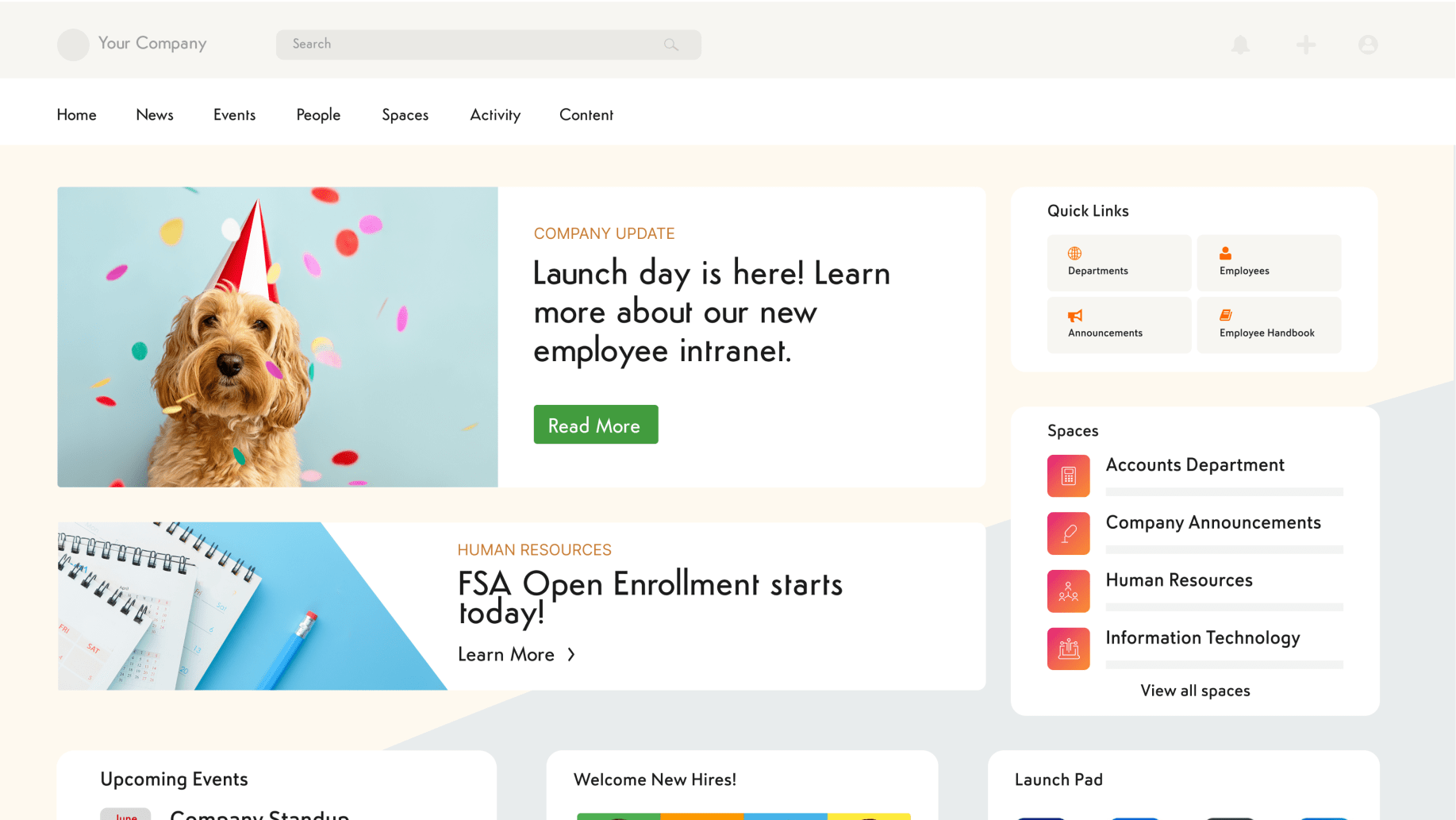This is the fourth post in a series about increasing intranet engagement.
In the first post we talked about the importance of intranet design. We discussed the 1% rule of intranet participation in the second post. And in the third post we talked about a strategy for increasing intranet adoption and dealing with lurkers.
Today we’re going to introduce you to a few other intranet personas or “personalities” that you should be aware of. Lurkers and active participants are not all you’ll come across. Your employees are rarely all-or-nothing participants in your intranet. Like their real-life personalities, they fall somewhere across a spectrum, each one adding value in their own unique way.
Understanding the needs of your employees is one of the most critical factors in the success of deploying any intranet software. By identifying and classifying the different types of users, it helps you decide on the functionalities and features you need to support them. The value you get from this is that it guides the continued evolution of your intranet.
There are many approaches to identifying and classifying intranet members, but the most popular, affordable, and effective is the use of intranet personas.
What is an Intranet Persona?
A persona is a user identity that is representative of a group of users. This could include their goals and characteristics, what they like and dislike, why they use the intranet (or why they don’t), etc. The personas are based on real-life knowledge of actual users and commonalities they share.
Establishing personas helps intranet managers group users into larger sets based on these shared traits. A form of stereotyping, if you will, but in a positive way. These personas can then guide design and functionality decisions to deliver on organizational goals and the expectations of your employees.
Each intranet persona can add value to your intranet. They can help you craft strategies for increased contribution, participation, and engagement—even among those seemingly hard-to-reach, fly-under-the-radar lurkers.
Here are some of the different personas that you might come across on your intranet. Keep in mind that these are examples. Depending on the type of your business, its size, location and other factors, you might come across an entirely different set of personas. However, these are the most common.
Networking Nancy: The Active Networker
This persona is both very active across the intranet and interacts with others frequently. They regularly post comments or create content, and they actively share interesting things from across the intranet with others. They are responsive to other peoples’ questions and help push new content out to a larger group of people.
Active networkers are well-known individuals because of their contributions. As a result, their comments and input are always expected on popular posts. Other people will look to them for insight and as opinion leaders.
Guru Gary: The Inactive Specialist
This is a guru or very knowledgeable person in the organization, yet they are not very active on the intranet. They could be either too busy to engage or they simply prefer to work alone. In some cases, they may not be particularly enthusiastic about embracing the intranet and prefer using alternative communication methods to disseminate their knowledge.
Due to their expertise, these people can add a large amount value when they participate on the intranet. Ironically, by keeping their commentary to a minimum, anything they say is taken in high esteem and increases the value of that piece of content.
Busy Brenda: The Active Over-Sharer
The active over-sharer is one who abuses the intranet by sharing everything with everyone. They may add a comment or post content that is not of real relevance. They might be uploading large volumes of content that’s only helpful to them or they may be clicking the “Like” button for each piece of content they read, just to gain exposure or notoriety.
These users are generally ignored since their consistent participation dilutes whatever content they post or share.
Larry the Lurker: The Active Listener
(We dove deeper into the lurking phenomenon in the last post).
The lurker rarely posts content, but they are often consumers of information. They are active listeners, eavesdropping on conversations and content, and most likely using it as part of their work. It may be easy to consider them inactive because their contributions are rarely seen, but the reality is that they are very much plugged in, albeit quietly. Active listeners understand the value of the intranet and usually log in frequently to learn and access useful information.
Invisible Ingrid: The Inactive Non-Sharer
This user is unplugged. They have an account on the intranet but they rarely log in or take time to read, post, or share with other employees. These users are likely unaccustomed to the new social way of communication, collaboration, and knowledge sharing. However, their lack of participation in the network should in no way be considered indicative of their work performance. They may still be very productive workers for the organization, but they are not seen as such across the network, simply due to their invisibility.
These users are generally unknown across the intranet. To reach these users, community managers need to provide incentives in order to move them up the ladder to at least become active listeners or lurkers.
In Conclusion
Certainly, this is by no means an exhaustive list of personas—you could have all of these, some of these, and still others that we have not listed. While the above intranet personas may be labeled using different pseudonyms, regardless of the nomenclature, their characteristics and behaviors remain largely the same across an organization and across departments.
These persona characteristics are also not unique to company intranets. Users across public social networks will typically exhibit the same type of behavior. As a result, the study of public networks such as Facebook and Twitter provides somewhat of a good insight into what persona behaviors to expect on an intranet.
While they may differ in name and number, the most important takeaway here is to identify the unique personas within your organization. Then, use this information to design your social intranet to serve their needs. Identifying and classifying network members using personas helps the intranet management team focus on design and value to support user goals, rather than basing changes on their own personal objectives. The use of personas helps prioritize design efforts in continued network evaluation and in helping to avoid the trap of building what users ask for rather than what they need.
Next up, we’ll explore a bunch of things you can do to increase participation on your intranet.

















 info@axerosolutions.com
info@axerosolutions.com 1-855-AXERO-55
1-855-AXERO-55


